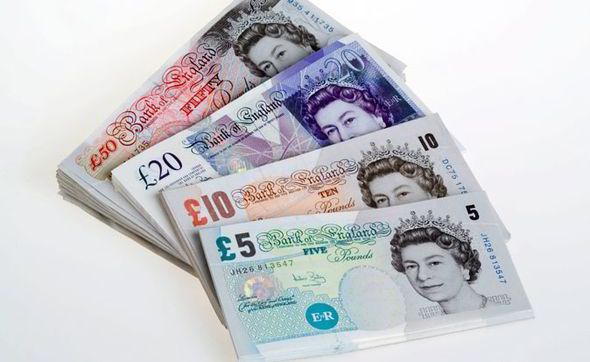Stamp: 10 Nakfa banknote and Flag (Eritrea 2000)
10 Nakfa banknote and Flag (Eritrea 2000)
17 March (Eritrea ) within release Progress and National Symbols goes into circulation Stamp 10 Nakfa banknote and Flag face value 10 Eritrean nakfa
| Stamp 10 Nakfa banknote and Flag in catalogues | |
|---|---|
| Michel: | Mi: ER 249 |
| Stamp Number: | Sn: ER 349 |
Stamp is vertical format.
Also in the issue Progress and National Symbols:
- Stamp - Election Box face value 3;
- Stamp - Constitution face value 2;
- Stamp - Ballot Box face value 3;
- Stamp - Heart with names of the population groups face value 1;
- Stamp - Seal face value 7;
- Stamp - Man With Sword face value 5;
- Stamp - Denden Assab face value 10;
- Stamp - Soldiers And Barracks face value 60;
- Stamp - Military Equipment and Flag face value 5;
- Stamp - Crowd Celebrating in Stadium face value 25;
- Stamp - 10 Nakfa banknote and Flag face value 10;
Stamp 10 Nakfa banknote and Flag it reflects the thematic directions:
A banknote—also called a bill (North American English), paper money, or simply a note—is a type of negotiable promissory note, made by a bank or other licensed authority, payable to the bearer on demand. Banknotes were originally issued by commercial banks, which were legally required to redeem the notes for legal tender (usually gold or silver coin) when presented to the chief cashier of the originating bank. These commercial banknotes only traded at face value in the market served by the issuing bank. Commercial banknotes have primarily been replaced by national banknotes issued by central banks or monetary authorities.
A flag is a piece of fabric (most often rectangular or quadrilateral) with a distinctive design that is used as a symbol, as a signaling device, or as decoration. The term flag is also used to refer to the graphic design employed, and flags have since evolved into a general tool for rudimentary signalling and identification, especially in environments where communication is similarly challenging (such as the maritime environment where semaphore is used). National flags are patriotic symbols with varied wide-ranging interpretations, often including strong military associations due to their original and ongoing military uses. Flags are also used in messaging, advertising, or for other decorative purposes. The study of flags is known as vexillology, from the Latin word vexillum, meaning flag or banner.


